What You Should Know About Semi Automotive Parts
Ellie Moore
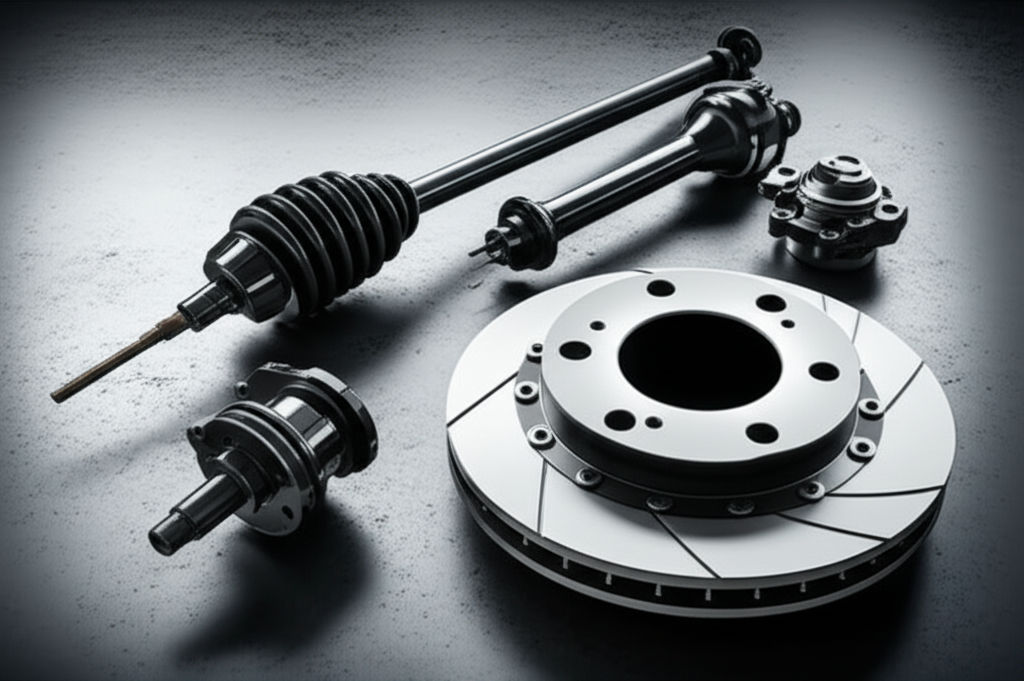
Photo: Demystify semi-automotive parts! Learn what they are & why they're crucial for your vehicle's safety, performance, and longevity. Essential guide for car owners...
What You Should Know About Semi-Automotive Parts: Your Guide to Vehicle Reliability
The world of automotive parts can seem complex, filled with technical terms and countless options. But whether you drive a compact car, a family SUV, or a heavy-duty truck, understanding the components that keep your vehicle running is essential for safety, performance, and long-term savings. This article will demystify "semi-automotive parts," explaining what they are, why they matter, and how to make informed decisions for your vehicle's maintenance and longevity.
What Exactly Are Semi-Automotive Parts?
When we talk about "semi-automotive parts," we're referring to the broad category of components that make up a vehicle, bridging the gap between raw materials and a fully assembled car or truck. These aren't just parts for "semi-trucks" (though they are included); the term broadly encompasses everything from the smallest bolt to major engine assemblies found in all types of automobiles. These components are often "semi-finished products" in the manufacturing process, meaning they've been processed to a certain extent, making them more efficient for vehicle manufacturers to integrate into their production lines.
Think of it this way: a car isn't built from scratch out of raw metal and rubber on the assembly line. Instead, it's assembled from thousands of individual parts and sub-assemblies. These are your semi-automotive parts. They are the building blocks that enable a vehicle to function safely and efficiently.
The Crucial Role of Semi-Automotive Parts in Vehicle Performance
Every single part, no matter how small, plays a vital role in your vehicle's overall performance, safety, and reliability. From ensuring your brakes respond instantly to keeping your engine cool on a long journey, these components work in harmony. Neglecting even one critical semi-automotive part can lead to a cascade of problems, compromising safety and leading to costly repairs down the line.
Consider the following aspects where semi-automotive parts are absolutely critical:
- Safety: Components like brake pads, steering linkages, and suspension parts directly impact your ability to control the vehicle and stop safely. A failing part in any of these systems can have serious consequences.
- Efficiency: From engine components that optimize fuel combustion to tires that reduce rolling resistance, quality parts contribute to better fuel economy and reduced emissions.
- Longevity: Regular maintenance and timely replacement of worn-out parts prevent minor issues from escalating into major system failures, significantly extending your vehicle's lifespan.
- Performance: Whether it's smooth acceleration, responsive handling, or comfortable ride quality, the integrity of each semi-automotive part contributes to the overall driving experience.
Common Types of Semi-Automotive Parts You Should Know About
Understanding the major categories of semi-automotive parts can empower you to make better decisions about your vehicle's care. While the list is extensive, here are some of the most common and vital components:
Engine System Parts
The engine is the heart of any vehicle, converting fuel into mechanical energy. Key engine components include:
- Pistons and Piston Rings: Essential for converting combustion into motion. Worn rings can lead to decreased power and increased fuel consumption.
- Cylinder Head and Head Gasket: Seals the combustion chambers. Overheating often indicates a head gasket issue.
- Crankshaft and Connecting Rods: Translate the linear motion of pistons into rotational motion.
- Timing Belt/Chain: Synchronizes the engine's internal components. A failure can cause catastrophic engine damage.
- Oil Pump and Water Pump: Crucial for lubrication and cooling, respectively.
- Turbocharger: Boosts engine power and efficiency, especially common in semi-trucks.
Transmission System Parts
The transmission manages power delivery from the engine to the wheels.
- Transmission Fluid: Essential for lubrication and cooling. Regular fluid changes prolong transmission life.
- Clutch: In manual transmissions, the clutch connects and disconnects engine power from the transmission.
- Drive Shaft and Axles: Transmit power to the wheels.
Brake System Parts
Brakes are paramount for safety, allowing your vehicle to slow down or stop.
- Brake Pads and Rotors (or Drums and Shoes): Create friction to stop the wheels. These wear out and require regular inspection and replacement.
- Brake Calipers (or Wheel Cylinders): Apply pressure to the pads/shoes.
- Brake Fluid: Transmits pressure from the pedal to the brakes. Leaks or old fluid can compromise braking power.
- Anti-lock Braking System (ABS) Components: Sensors and modules that prevent wheel lock-up during emergency braking.
Suspension and Steering System Parts
These systems ensure a smooth ride, stability, and precise control.
- Shock Absorbers/Struts: Dampen vibrations and maintain tire contact with the road.
- Springs (Coil or Leaf): Support the vehicle's weight and absorb impacts.
- Ball Joints and Tie Rods: Critical for steering and wheel alignment.
- Power Steering Pump: Assists in turning the steering wheel, making it easier to maneuver.
Electrical System Parts
Modern vehicles rely heavily on electrical components for everything from starting the engine to infotainment.
- Battery: Provides power to start the engine and run electrical accessories.
- Alternator: Recharges the battery and powers electrical systems while the engine is running.
- Starter Motor: Engages the engine to start the vehicle.
- Sensors and ECUs (Engine Control Units): These are increasingly vital. Semiconductors in vehicles, for example, are essential for managing engine performance, optimizing fuel efficiency, and enabling advanced driver-assistance systems (ADAS).
Other Important Parts
- Tires: The only part of your vehicle consistently touching the road, crucial for grip, handling, and safety.
- Filters (Oil, Air, Fuel, Cabin): Prevent contaminants from entering vital systems, ensuring clean operation and efficiency.
- Hoses and Belts: Crucial for circulating fluids and transferring power to various accessories like the alternator and water pump.
Why Quality Matters: The Impact of Genuine vs. Aftermarket Parts
When it's time to replace semi-automotive parts, you'll typically encounter two main categories: Original Equipment Manufacturer (OEM) parts (often referred to as "genuine" parts) and aftermarket parts. Understanding the differences is key to making a smart decision for your vehicle.
OEM/Genuine Parts
OEM parts are identical to the components originally installed in your vehicle by the manufacturer. They are produced by the same companies that supply parts to the car manufacturer or by the manufacturer themselves.
Pros:
- Guaranteed Fit and Quality: Designed specifically for your vehicle, ensuring a perfect fit and consistent performance.
- Reliability: Undergo rigorous testing and quality control by the vehicle manufacturer, offering peace of mind.
- Warranty: Often come with a manufacturer's warranty and can help maintain your vehicle's original warranty.
Cons:
- Higher Cost: Generally more expensive than aftermarket alternatives.
- Limited Availability: May have longer wait times, especially for less common parts.
Aftermarket Parts
Aftermarket parts are manufactured by companies other than the original vehicle manufacturer. They are designed to function the same as or even improve upon OEM parts.
Pros:
- Affordability: Often significantly cheaper than OEM parts, making them a budget-friendly option.
- Wide Availability and Variety: A vast selection from numerous manufacturers, offering more choices and competitive pricing.
- Innovation: Some aftermarket companies specialize in performance upgrades or design parts that address known weaknesses in OEM components.
Cons:
- Quality Variability: Quality can vary widely between brands. Research is crucial to avoid subpar products.
- Fitment Issues: While many fit perfectly, some aftermarket parts might not have the precise fit of OEM components, potentially leading to installation challenges.
- Warranty Concerns: May not always come with the same extensive warranties as OEM parts, and in some cases, using them could potentially void certain vehicle warranties (though this is less common for standard replacement parts).
Making the Right Choice: For critical components like brake system parts or complex engine parts, many experts recommend sticking with OEM for assured safety and performance. For less critical items like filters or wiper blades, or if you're looking for performance enhancements, quality aftermarket parts can be an excellent, cost-effective choice. Always prioritize reputable brands and seek advice from trusted mechanics.
Maintaining Your Semi-Automotive Parts: Tips for Longevity
Proactive maintenance is the best way to ensure your vehicle's semi-automotive parts last longer and perform optimally. Here are actionable tips:
- Follow Manufacturer's Schedule:
Finance & Investment
View All
January 24, 2025
Find Owner Finance Homes Near YouElevate your online presence! Discover expert SEO content strategies that blend user value with E-E-A-T to dominate search rankings.
Ellie Moore

November 19, 2024
5 Financial Mistakes to Avoid in Your 30sAvoid these 5 financial pitfalls in your 30s! Learn from others' mistakes and secure your financial future. Discover practical tips to navigate this crucial decade. Start planning today!
Ellie Moore

September 16, 2025
Personal Finance Management TipsUnlock expert SEO content secrets! Drive organic traffic, rank higher, and build brand authority by creating valuable, user-focused content.
Ellie Moore

February 4, 2025
Market Segmentation: Best Practices to FollowStay ahead with proven best practices in market segmentation. Discover strategies to optimize your marketing efforts.
Ellie Moore

June 1, 2025
ADV Finance Smart SolutionsElevate your brand with expert SEO content! Rank higher, build authority, and gain trust by focusing on E-E-A-T for lasting online success.
Ellie Moore

September 3, 2025
Manufactured Home Financing OptionsGo beyond keywords! Discover Expert SEO Content, focusing on Google's E-E-A-T to build trust, authority, and achieve lasting online success.
Ellie Moore
Insurance
View AllUnlock optimal Farmers Insurance coverage & value. This guide helps policyholders, agents & risk managers find top plans to safeguard assets.
Ellie Moore
Protect your valuable vehicle with premium auto insurance. Discover comprehensive coverage, competitive rates, and peace of mind tailored to your needs.
Ellie Moore
Discover how artificial intelligence simplifies claims, enhances accuracy, and speeds up insurance processes.
Ellie Moore
Switching insurance? Learn key considerations to find the best new provider while avoiding coverage gaps.
Ellie Moore
Learn how liability insurance shields businesses from financial risks and legal challenges. Secure your company's future today!
Ellie Moore
Protect your freelance career with tailored insurance. Discover coverage options for self-employed individuals.
Ellie Moore
Education
View AllDiscover how AI-powered personalized learning is reshaping education. Learn how smart tech tailors content to fit individual student needs.
Read MoreHelp students master metacognition! Learn how teaching students to think about their thinking can improve problem-solving and critical thinking skills.
Read MoreCompare Montessori and traditional education methods. Discover which approach is more effective for fostering creativity and independence in students.
Read MoreDiscover how assistive technology empowers special needs learners. Learn about tools that foster inclusivity and enhance educational outcomes.
Read MoreSudbury schools embrace radical self-direction in learning. Learn how they empower students to take full control of their education journey.
Read MoreSocial skills training is key for kids with autism. Learn practical strategies to improve social interaction and communication in children with ASD.
Read MorePopular Post 🔥
View All
1
2
3
4
5
6
7
8
9
10
Health






Automotive
View All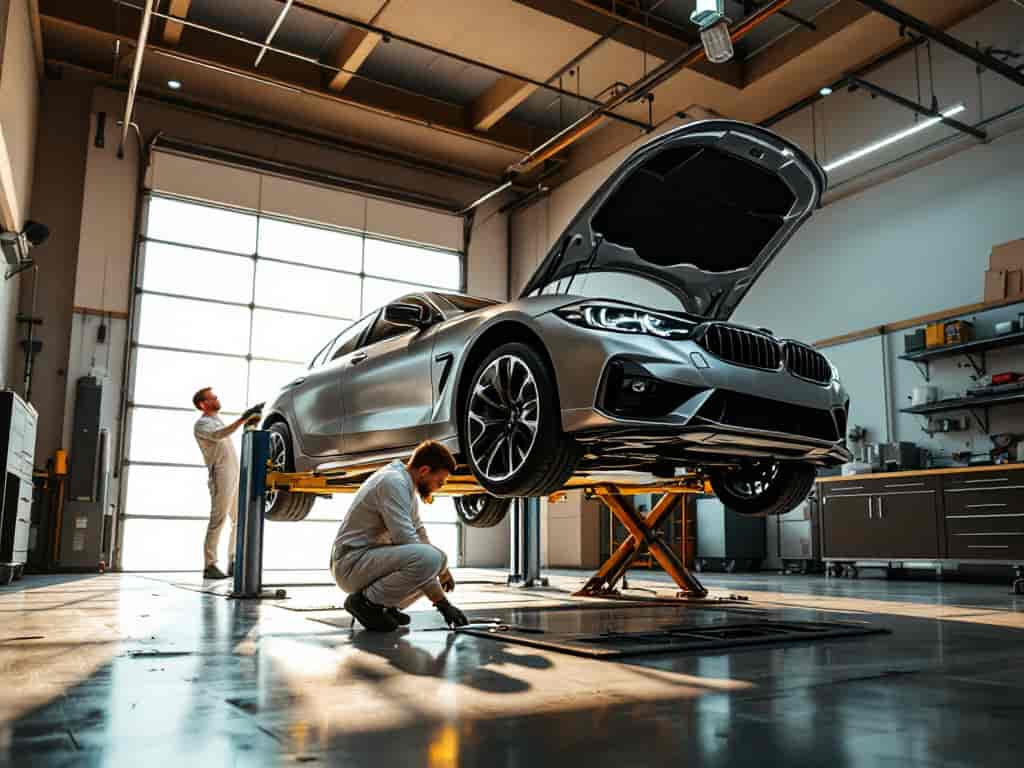
February 3, 2025
Car Maintenance Basics: Oil Changes & More
New to car maintenance? This beginner’s guide covers oil changes, filter replacements, and essential care tips to keep your car running smoothly.
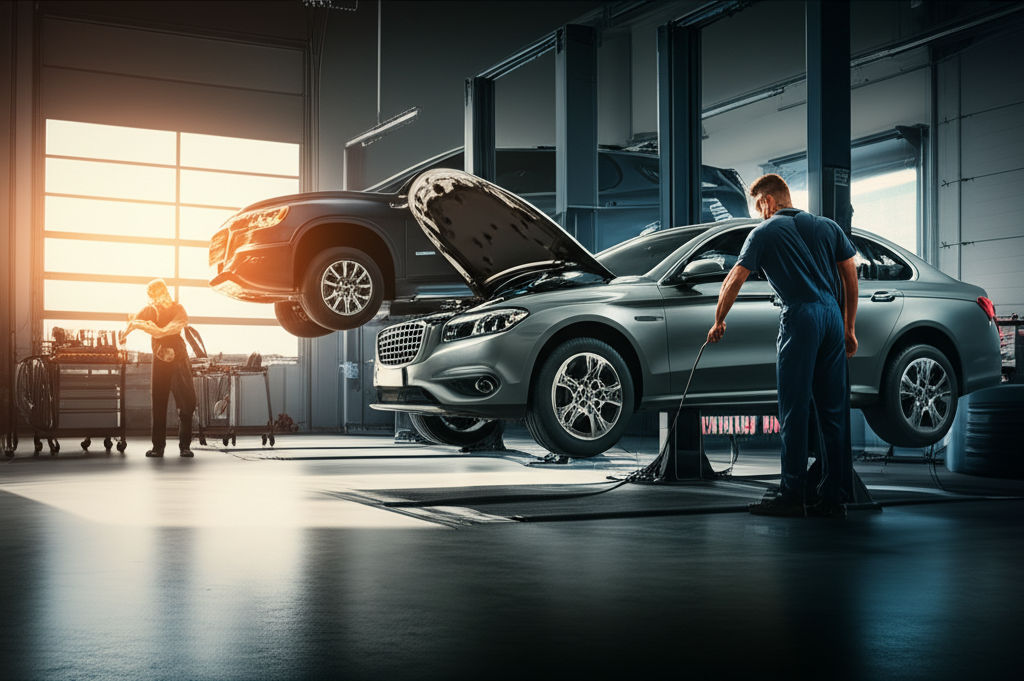
August 24, 2025
Harris Automotive Dependable Local Service
Choose a dependable local auto service for peace of mind. Harris Automotive offers trusted expertise, fair pricing, and top-tier care for your vehicle.
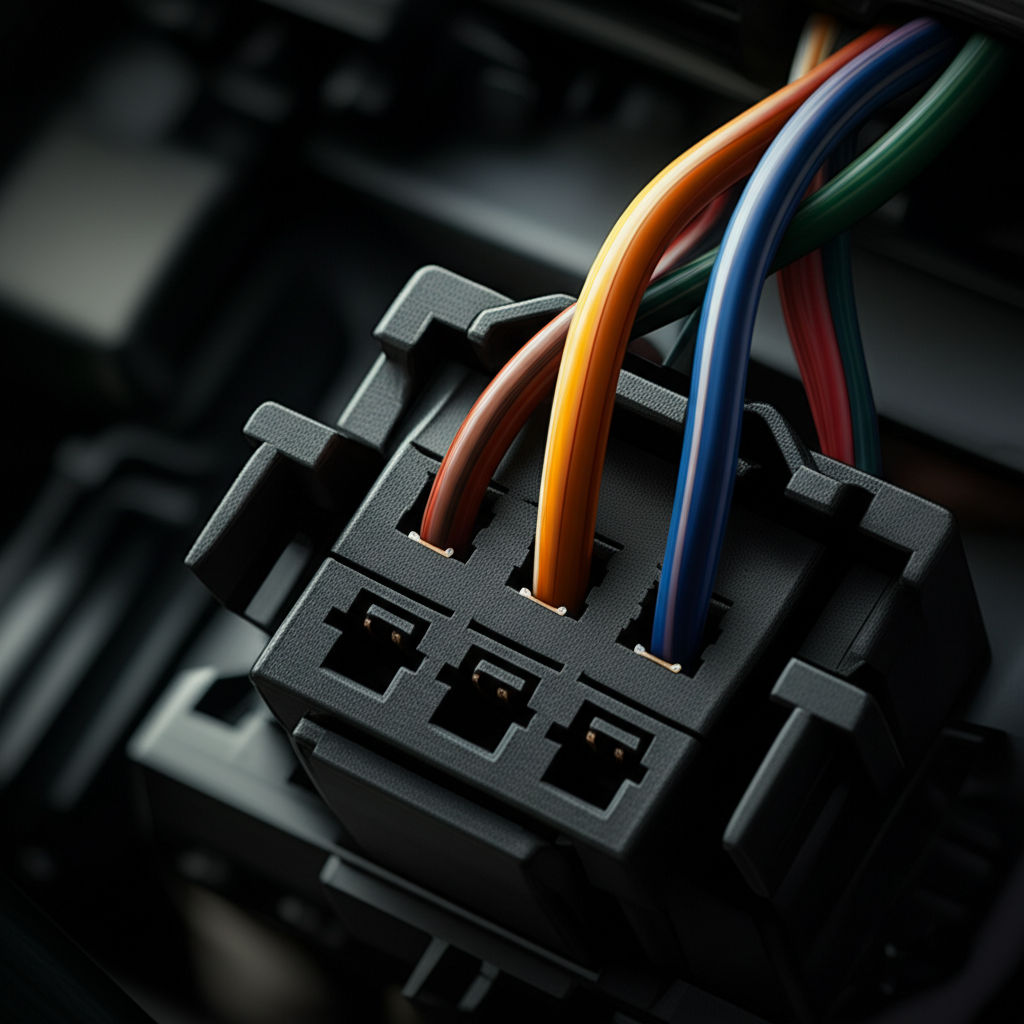
August 8, 2025
How To Connect Wires In An Automotive Plug Easily
DIY automotive wiring guide: Learn to connect car wires safely & reliably. Fix electrical issues and install accessories with confidence.
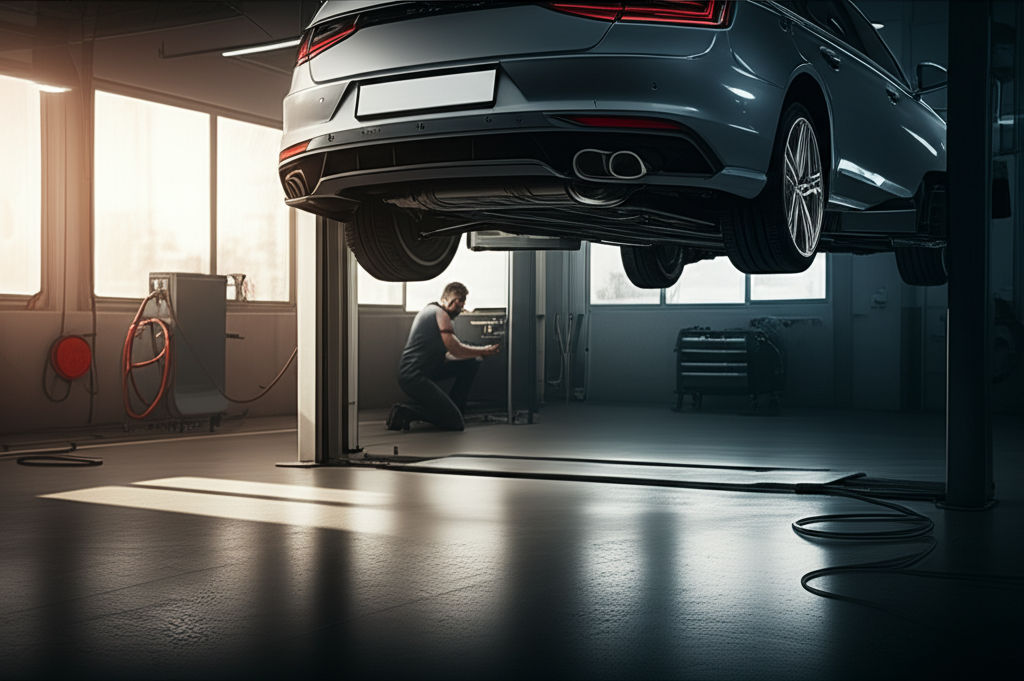
September 6, 2025
A Better Way Automotive Services Near You
Discover "A Better Way" for auto services. Find trusted mechanics, transparent pricing, and top-tier vehicle care near you. Drive with confidence.

February 5, 2025
Connected Cars & IoT: Driving into a Smarter Future
Learn how connected cars and IoT are reshaping the auto industry. Discover what this new tech era means for drivers. Ready for the future?

August 27, 2025
Premium Automotive Services For High End Cars
Luxury & exotic cars demand premium care. Discover why specialized services are essential to preserve their performance, stunning aesthetics, and long-term valu...

















